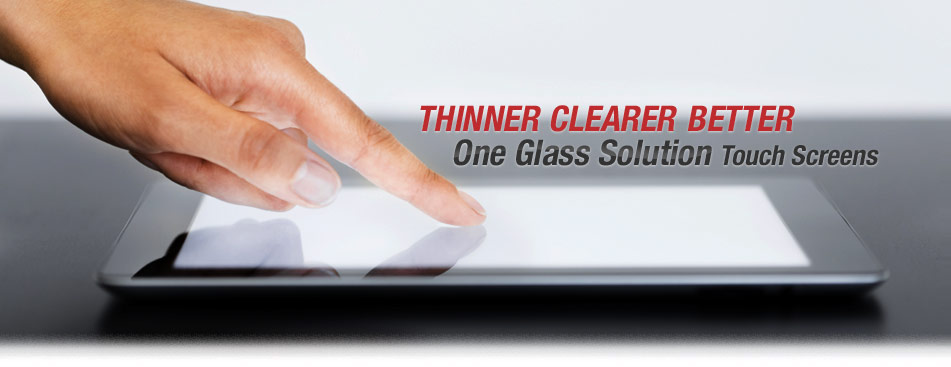 |
| copyright:informationdisplay.org |
 |
| Copyright: usmicroproducts.com |
|
|
What is the high tech visual stuff that makes smartphones and tablets tick in our hands? You got it- it's the multi-touch screen. Not up to a decade ago we could tap away with a stylus on our palm devices, and then we were able to ben our fingers on the blackberry touch. The came the radical apple iphone and within months, people were tapping, swipping at images on their phones, manouvers that were impossible years ago.
 |
| informationdisplay.org |
In this post, we'll be checking out what makes this valuable technology tick and a new advancement,
The one glass touchscreen. The one glass technology unlike the old layer- arrangement of touch screen components combines all the components(except one) of the touch screen in one single, compact glass. There are two ways to achieve this-
The sensor on lens and
the "on-cell" capacitive touch screen. The "on-cell" capacitive touch is more commonly used. As it is cheaper to build. The on-cell approach makes use of a layer of
indium tin oxide is deposited on the top layer of the LCD panel, and patterned to form electrodes for touch sensing. A thing insulating layer is placed on that, and a second layer of indium silver oxide is placed on the insulating layer, and patterned with electrodes. After this the top polarizing layer is applied on top and the arrangement is capped with the cover glass of the whole panel.In the
sensor on lens type of one glass, the touch sensitive component- indium tin oxide is deposited directly on the back of the cover glass. A thin insulator layer is added to the bottom of that, and then a second layer of indium tin oxide is applied on top of that. The second layer is patterned into electrodes arranged at right angles to the first layer. The whole arrangement is then laminated into a standard LCD pane. The one glass technology eliminates one layer in the conventional seperated-layer arrengement, making LCDs thinner, clearer and
sensor on lens to the
on-cell technology. This is mainly due to the costs involved. Any questions pals, or comments? Please share this post if you have a spare. You can also within seconds subscribe for our free email service. Make sure you're back next time for more.
better.Mainly due to the cost of production. One glass solution helps in reducing the effect of light loss on LCD touch screens.Any questions pals, or comments? Please share this post if you have a
spare. You can also within seconds subscribe for our free email service.
Make sure you're back next time for more.




